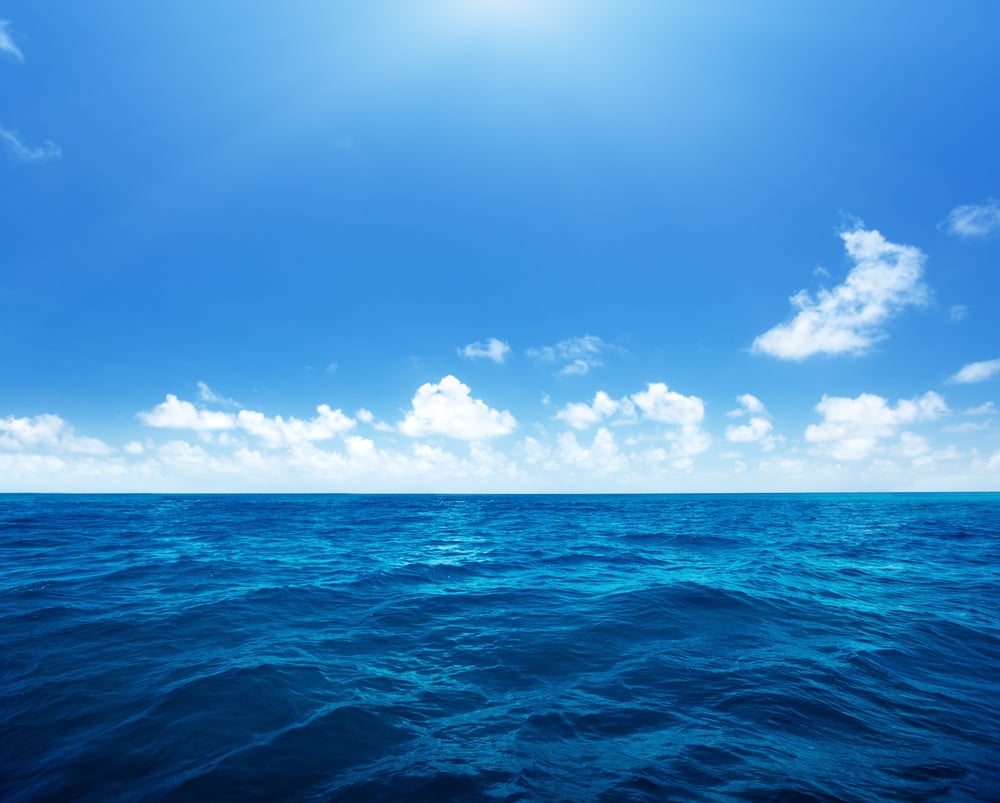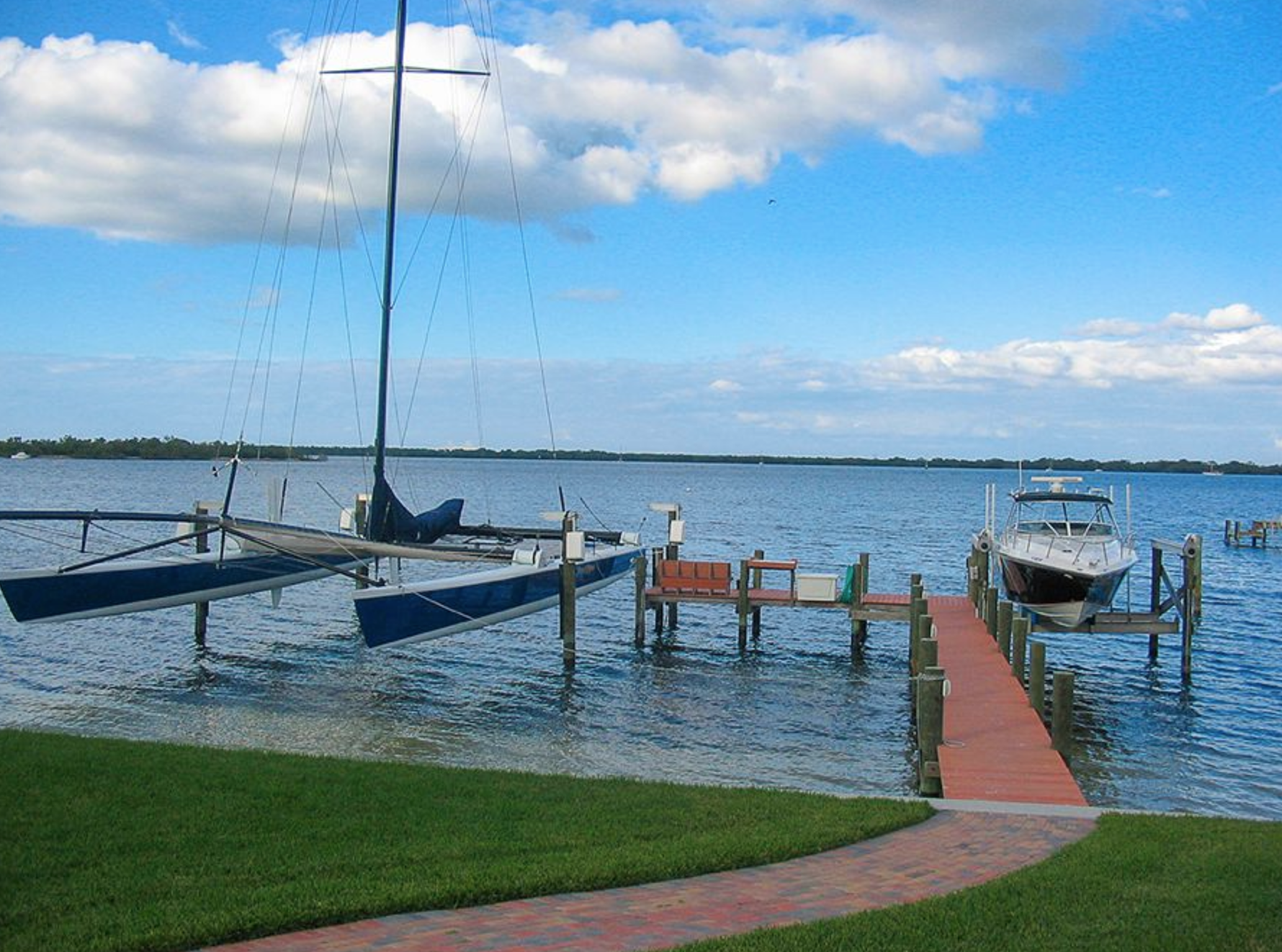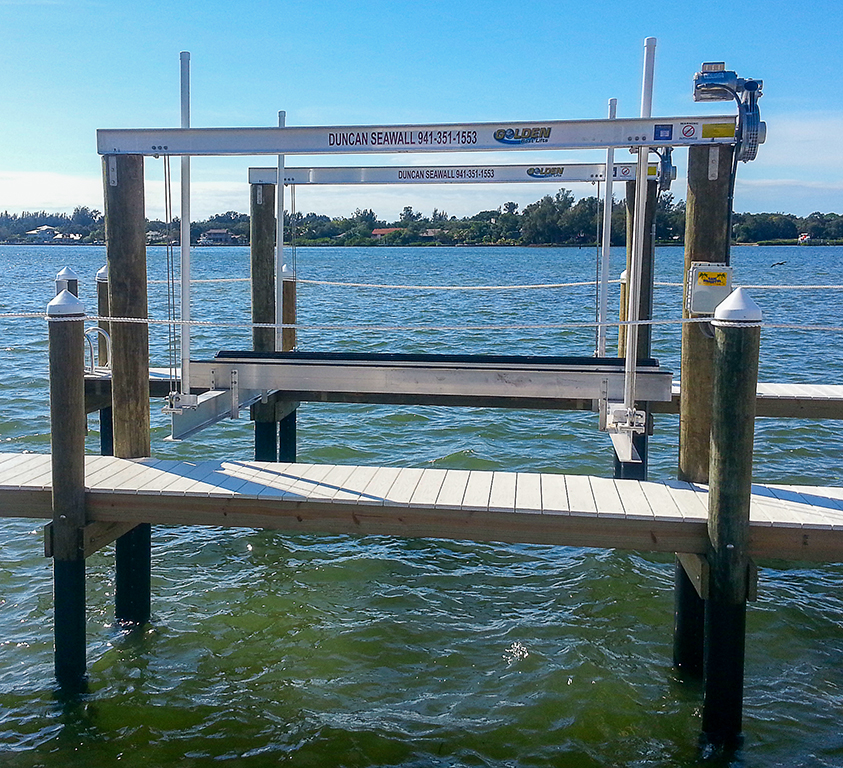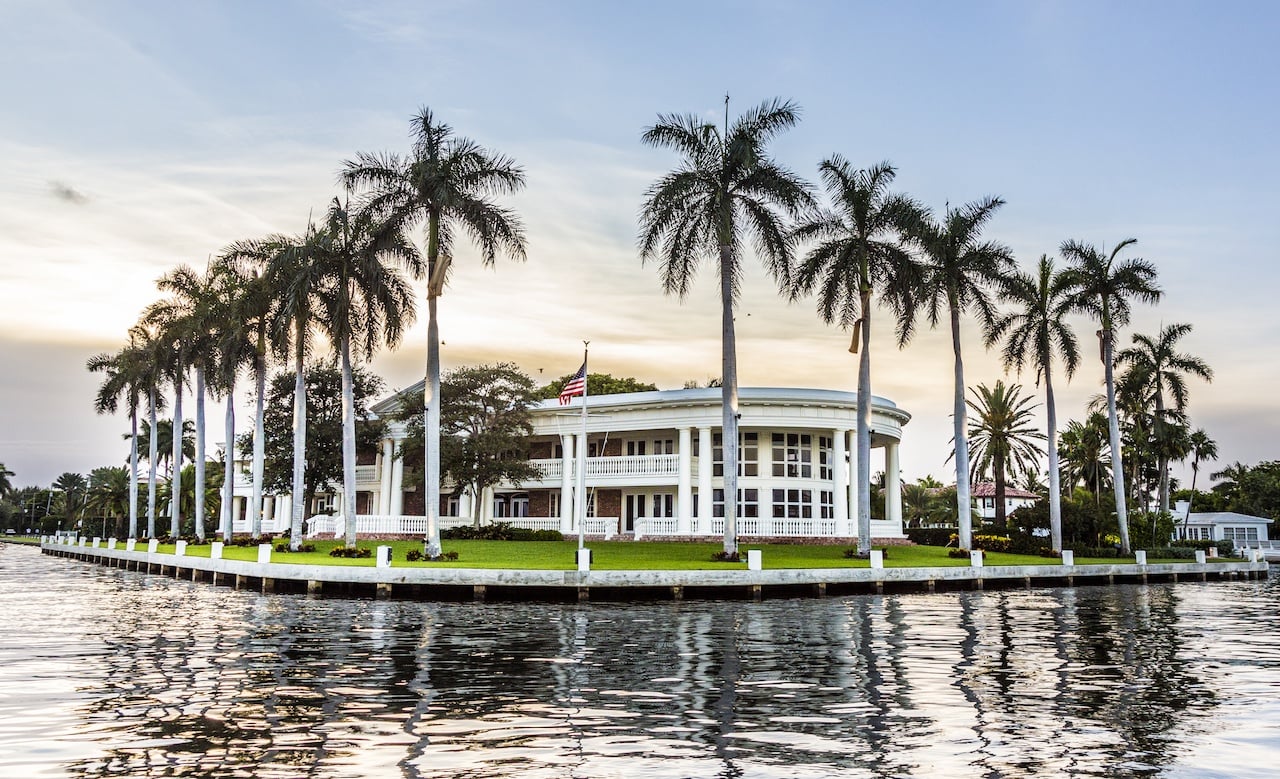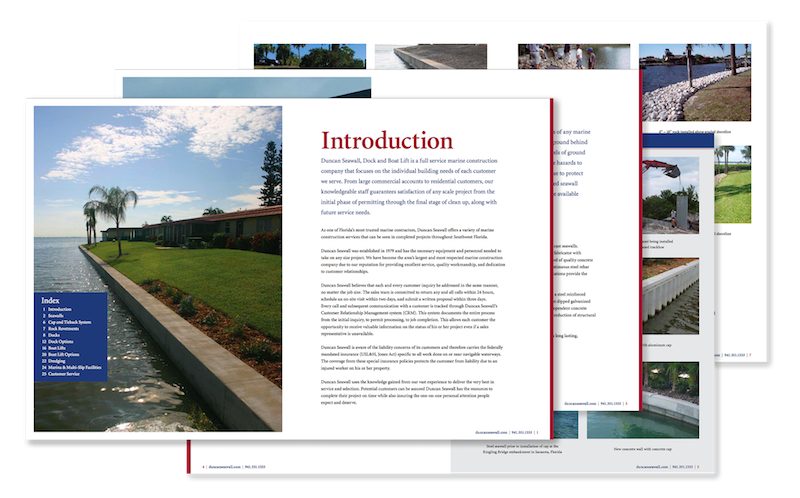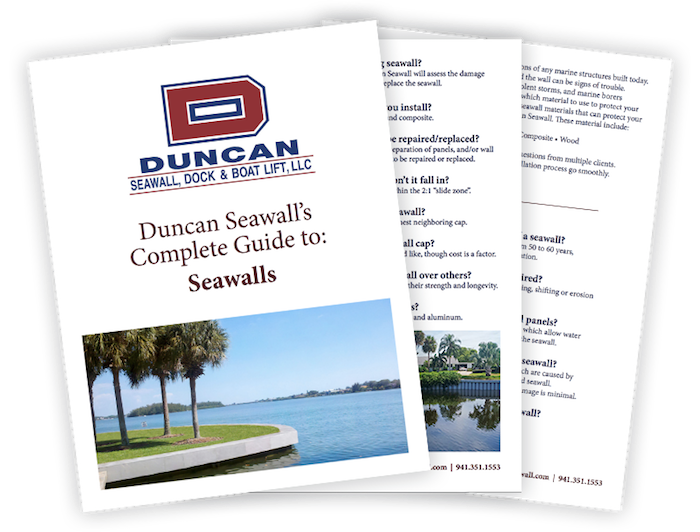If you have a waterfront property, you’ve probably already seen the damage storm surges can cause and paid the price of repairs. Climate change is causing sea levels and ocean temperatures to rise, and storms to become more frequent and severe along coastal shores. But, there is a solution: constructing a composite seawall.
Related Blog: How to Prepare for Hurricane Season in Florida
Homeowners need a quick solution that’s worth investing in as storm surges become more frequent. Composite seawalls are built to withstand exposure to saltwater with little maintenance and can be installed quickly and efficiently. Investing in a composite seawall can reduce your home’s long-term costs and prevent frequent, costly repairs.
What is a Composite Seawall?
The best defense against storm surges and coastal erosion is installing a composite seawall because it's extremely durable and resistant to corrosion from seawater. Composite materials will not rust, rot, or degrade like wood or concrete when exposed to ocean elements because they are constructed from fiberglass-reinforced polymers (FRP).
When paired with tie-backs installed deep into the soil, seawalls are virtually maintenance-free and can withstand direct impacts from floating debris during hurricanes. With a composite seawall in place, homeowners can rest easy knowing their property and family are secure from even the strongest of storms.
How Do I Protect My Waterfront Home from Storm Surges?
A composite seawall is ideal for oceanfront homes, commercial properties, and infrastructure like roads located near the water's edge.
Waterfront structures like docks, boat lifts, or decks also need the defense of a composite seawall system. Homeowners must make an investment that will stand the test of time and extreme weather for decades by choosing durable, corrosion-resistant composite materials.
Short-term Benefits of Building a Composite Seawall
A composite seawall provides peace of mind during hurricane season, knowing one's largest investment is secure in the immediate future. It also
- Prevents Costly Repairs: Composite seawalls are built to withstand damage from floodwaters and waves, so you don’t have to worry about paying for repairs.
- Protects Against Category-5 Hurricane Winds: Professional seawall installation uses helical tie-backs deep into the soil to help form a barrier that cannot be compromised even in Category 5 hurricane-force winds and storm surges.
- Lowers Insurance Premiums: Insurance premiums may potentially be lowered when insurance companies recognize the proactive measures homeowners have taken to minimize future damage risks.
- Adds to Your Home’s Curb Appeal: Adds to a home's curb appeal and value for potential buyers.
Why Composite Seawalls Help with Long-term Savings
Over many years, a composite seawall only gains greater significance as climate threats escalate. While other materials like wood may need replacing, composites are built to withstand exposure to saltwater with little maintenance. plus they are not susceptible to growing molds and fungi—this substantially reduces a home's long-term costs.
Whether you're concerned about protecting your home from storm surges, coastal erosion, or rising sea levels, Duncan Seawalls can help. Your concerns are important to us, and we want to assist you in building the perfect seawall to address them. Learn more about how we can design the perfect seawall for your Florida house by downloading our Complete Guide to Seawalls.



